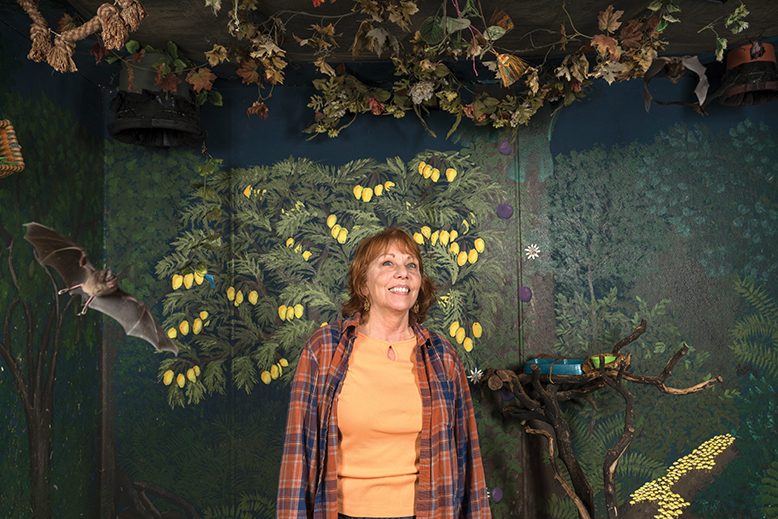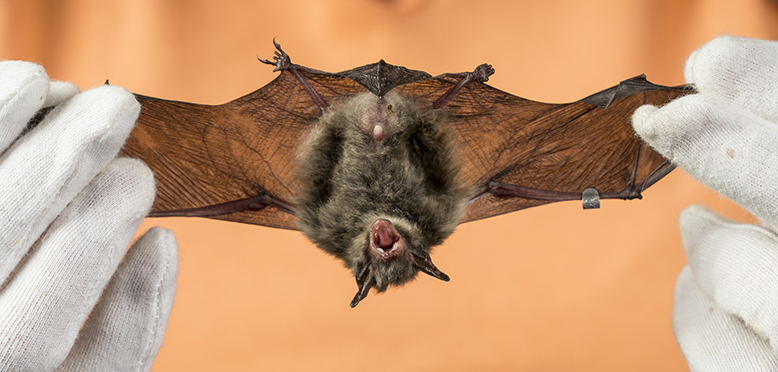
Thanks to Jackie Kashmer, hundreds of formerly injured, now thriving bats fly over the Hunterdon County farmlands. All it takes is a bat barn, about $250 a month in live mealworms, and Kashmer’s total dedication.
Kashmer has been rehabilitating wildlife for 30 years; for the last 18, she has focused on bats at her New Jersey Bat Sanctuary in Alexandria Township.
People who find an injured bat often call Kashmer for advice. In many cases, she travels to pick up the affected bat, restore it to health, and return it to the wild when possible. June is her busiest season, when baby bats have a tendency to fall onto the floors of barns, separating them from their mothers.
Several times a year, Kashmer gives tours of her nonprofit sanctuary to groups of students or scouts. Donations and her job as a court reporter at the U.S. District Court in Newark, support her work. On occasion, she brings a small heated terrarium of baby bats to the courthouse. The imperiled bats need feeding every few hours.
Kashmer helped during the most serious wildlife epidemic in American history, white-nose syndrome, a fungal disease that attacked hibernating bats, waking them up, injuring their wings, and causing them to starve. The Hibernia Mine in Rockaway Township, the state’s largest known hibernaculum—or hibernation place—used to shelter 30,000 bats. Since the fungus reached it in 2009, 90 percent died. Kashmer nursed at least 300 afflicted bats; most survived and were released back to the wild. Four survivors are still living with her.
“They wiped out my retirement,” Kashmer jokes as she tends to the surviving little brown bats. This entails tweezing off the heads of the mealworms before she feeds the bats, so the worms don’t bite and choke the bats on the way down.
MacKenzie Hall, a bat specialist at the state Division of Fish and Wildlife, calls Kashmer “incredibly dedicated,” adding, “We still find bats that are banded who came through her facility.”
As for the disease, Hall says, “We are cautiously optimistic that the worst is behind [the affected species] and that the surviving bats will continue to do well and slowly build their numbers back up.”





